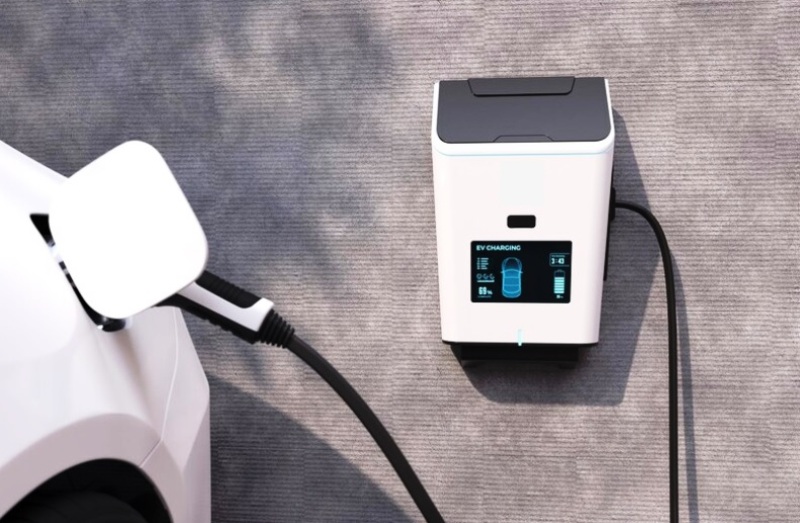
The global market for rheumatoid arthritis treatments is expected to grow at a CAGR of...
Learn More
Our consulting solutions address company specific challenges with respect to micro environment...
Learn More
Organizations frequently need day-today research guidancein order to gain strategic...
Learn More
Exploring different areas of market research and market analysis is a key factor...
Learn MoreAcute Market Reports presents the most extensive global business research services across industries. Our research studies focus on potential outcomes, benefits, and risks associated with each market segment across geographies. Having served our global clients for more than 10 years, our prime priority is to enable our clients in making well-informed business decisions through a data-driven, analytical, and uncomplicated research approach.
We provide access to the world's most comprehensive, analytical, and updated business intelligence services and solutions.




The bronchial biopsy devices market is expected to grow at a CAGR of 7.5% during the forecast period of 2025 to 2033. The bronchial biopsy devices play a crucial role in the diagnosis and treatment of respiratory diseases by facilitating the collecti...
Read More
The cordless drill market is expected to experience a CAGR of 5.7% during the forecast period of 2025 to 2033, driven by various factors that have contributed to its expansion. The cordless drill market has experienced positive growth due to factors ...
Read More
The EV chargers market is expected to grow at a CAGR of 19.1% during the forecast period of 2025 to 2033, propelled by the proliferation of Battery Electric Vehicles, the expansion of the Hybrid Electric Vehicle market, and the growing demand for Off...
Read More




